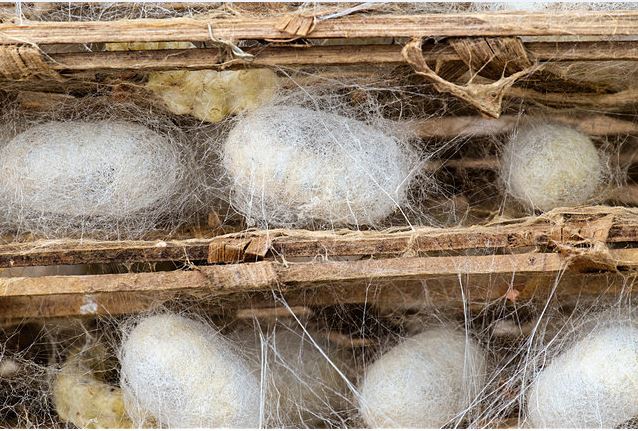Researchers have created a novel material out of silk protein that can be preprogrammed with biological, chemical, or optical functions, such as mechanical components that change colour with strain, deliver drugs, or respond to light.
Using a water-based fabrication method based on protein self-assembly, the researchers generated three-dimensional bulk materials out of silk fibroin, the protein that gives silk its durability.
Then they manipulated the bulk materials with water-soluble molecules to create multiple solid forms, from the nano- to the micro-scale, that have embedded, pre-designed functions, according to the study published in the journal Proceedings of the National Academy of Sciences (PNAS).
For example, the researchers created a surgical pin that changes colour as it nears its mechanical limits and is about to fail, functional screws that can be heated on demand in response to infrared light, and a biocompatible component that enables the sustained release of bioactive agents, such as enzymes.
“The ability to embed functional elements in biopolymers, control their self-assembly, and modify their ultimate form creates significant opportunities for bio-inspired fabrication of high-performing multifunctional materials,” said senior study author Fiorenzo Omenetto, Professor at Tufts University in Massachusetts, US.
Silk’s unique crystalline structure makes it one of nature’s toughest materials. Fibroin, an insoluble protein found in silk, has a remarkable ability to protect other materials while being fully biocompatible and biodegradable, the researchers pointed out.
